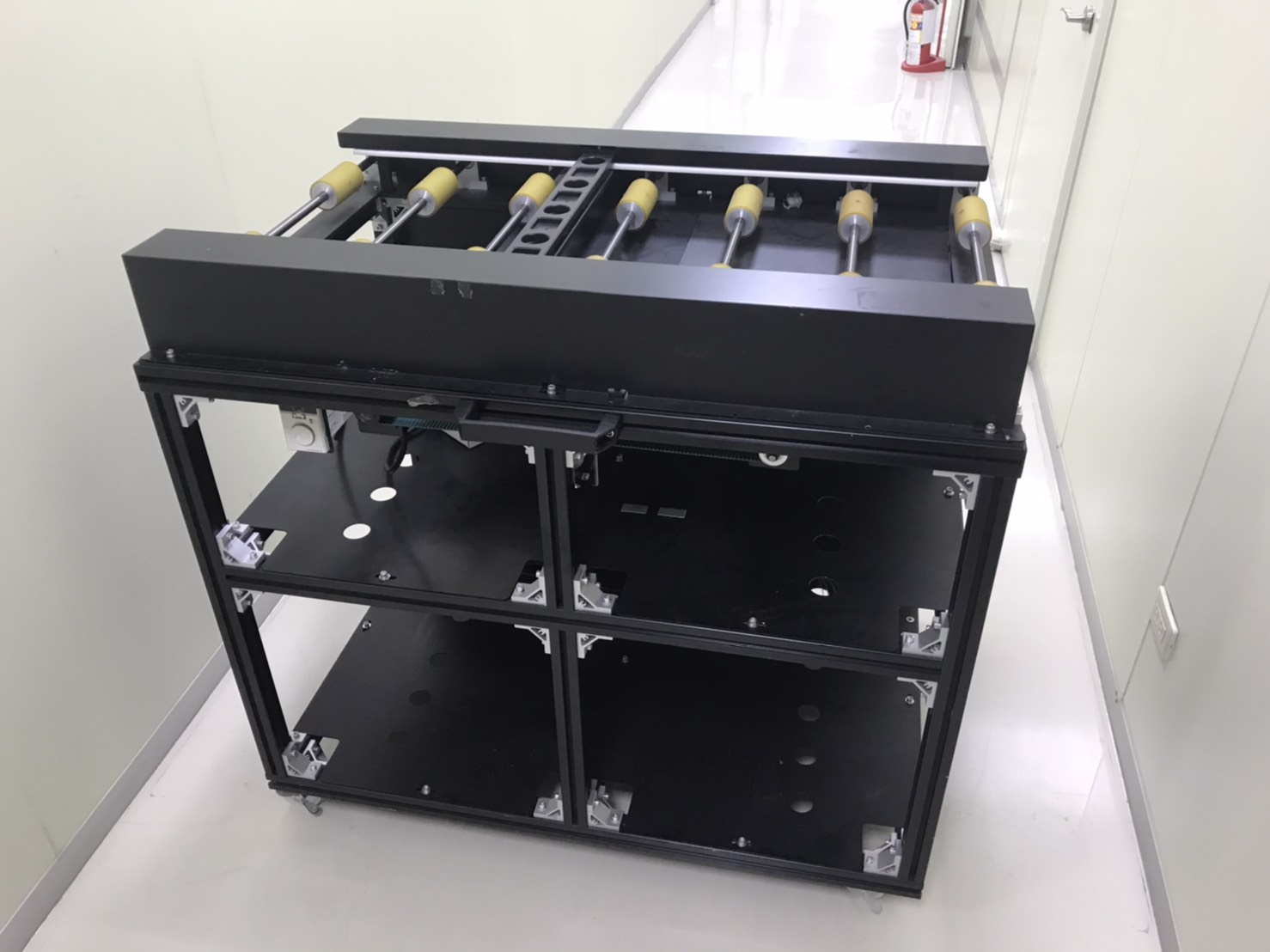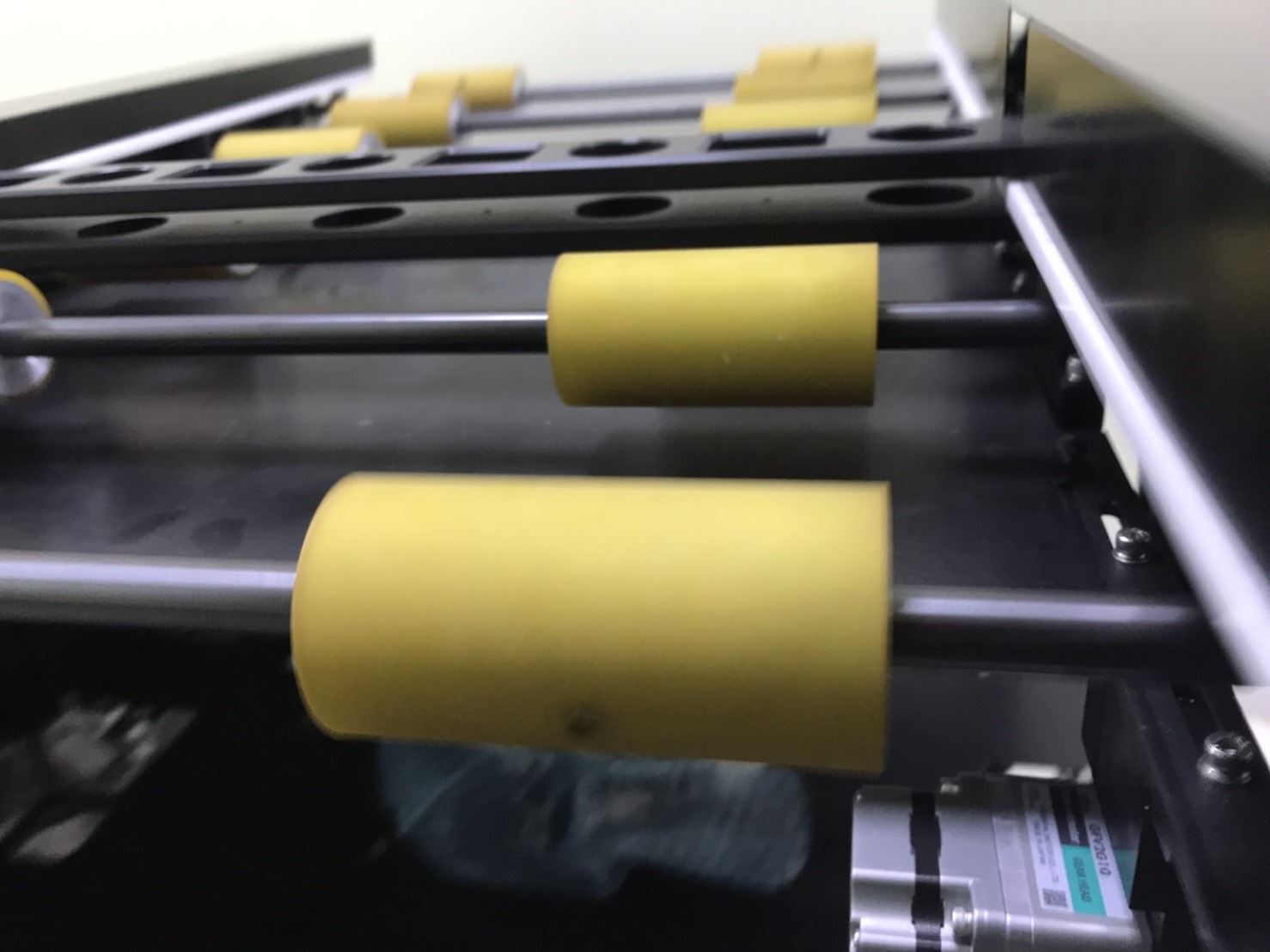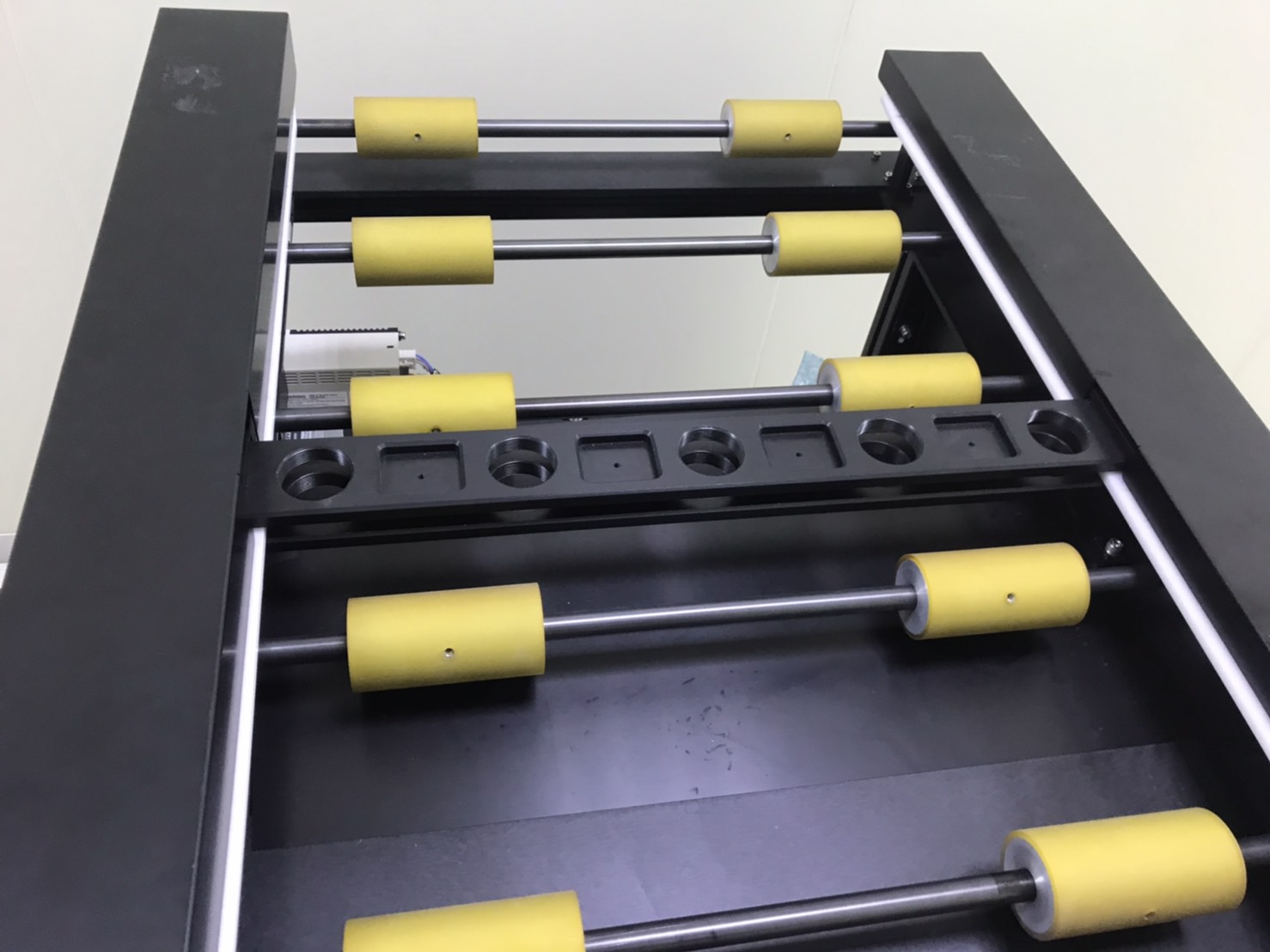| Technical Name | Electro-Conductive Film Thickness Detection | ||
|---|---|---|---|
| Project Operator | Southern Taiwan University of Science and Technology | ||
| Project Host | 林克默 | ||
| Summary | Optical inspection methods for thin film are mainly based on the principle of interference. There are two methods, measuring the change of unpolarized light intensity and measuring the change of polarized light. Though the measuring structure of the former is simpler, its analysis is limited by the dynamic range of the sensor. The latter has quite high precision. However, its equipment is relatively complicated. In additional to its complicated structure and expensive cost, such inspection systems need to be oscillation-resistant, so they are not suitable for in-line inspection. The inspection system developed in this work combines the advantages of optical thin films and the microspectrometer because the former can absorb ultraviolet while the latter can analyze signals in certain wave ranges. Thus, this system can greatly enhance the measurement precision. With its simple structure and high stability, this system can be used for in-line inspection with other equipment. |
||
| Scientific Breakthrough | Existing inspection systems are not only costly to build but also have quite complicated structures which require the devices to be precisely positioned. The working principle of our system is similar to that of X-ray technology and it has a simple structure. When film thickness changes, its transmittance changes as well. Hence, the film thickness can be deduced. |
||
| Industrial Applicability | Existing inspection systems are not only costly to build but also have quite complicated structures which require the devices to be precisely positioned. The working principle of our system is similar to that of X-ray technology and it has a simple structure. When film thickness changes, its transmittance changes as well. Hence, the film thickness can be deduced. |
||
| Keyword | Film thickness energy-saving film transparent conductive thin film oscillation-resistant in-line inspection Transmittance Resistivity Film thickness measurement Penetration rate Heat treatment | ||
- kemo@stust.edu.tw
other people also saw







